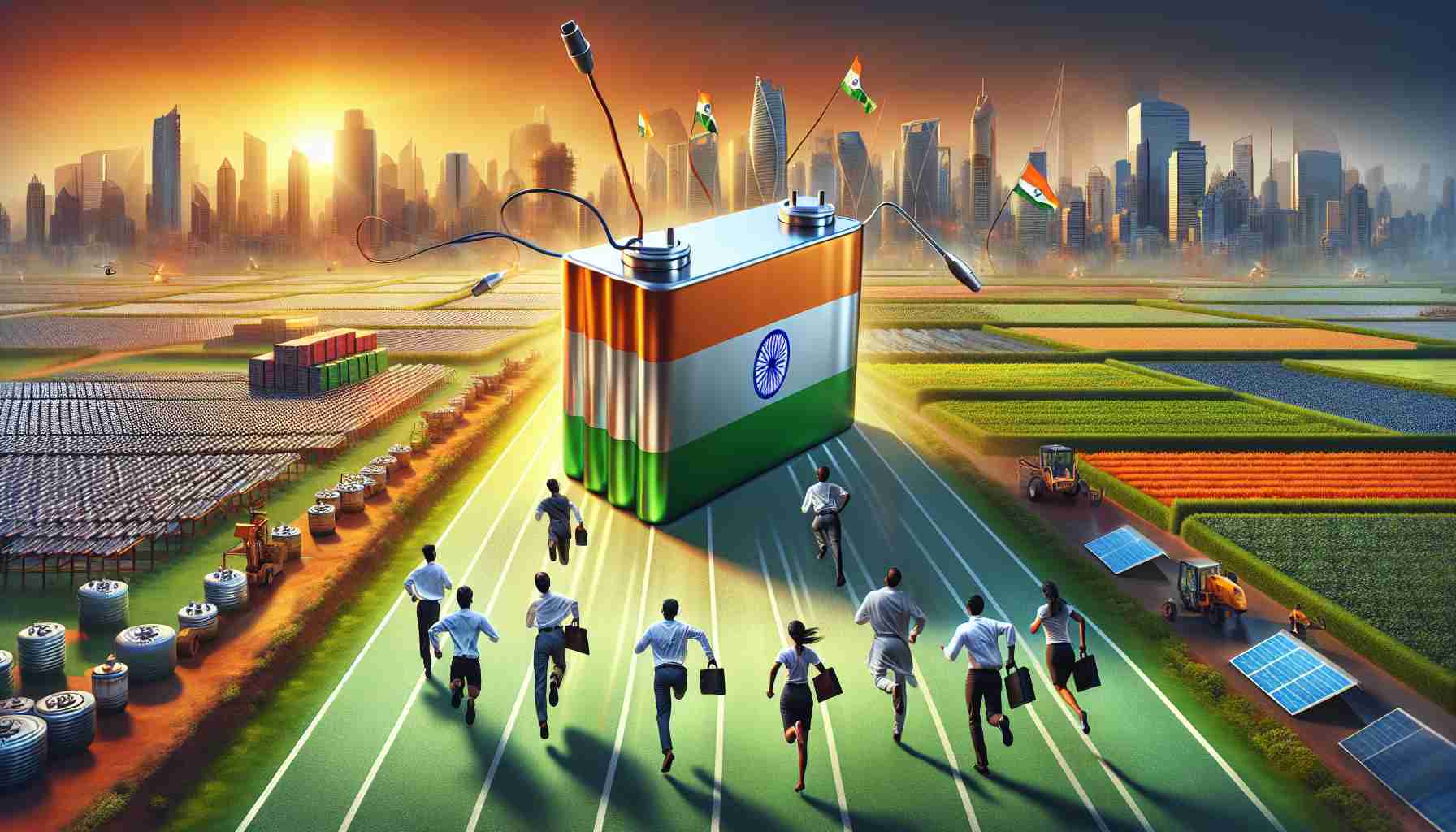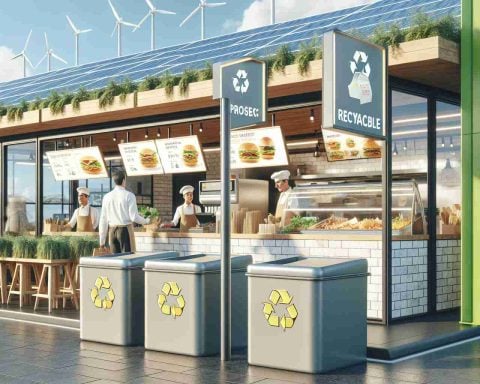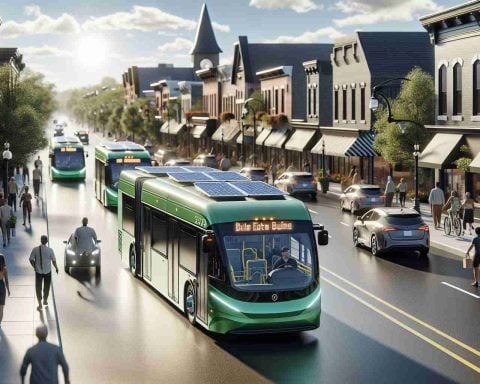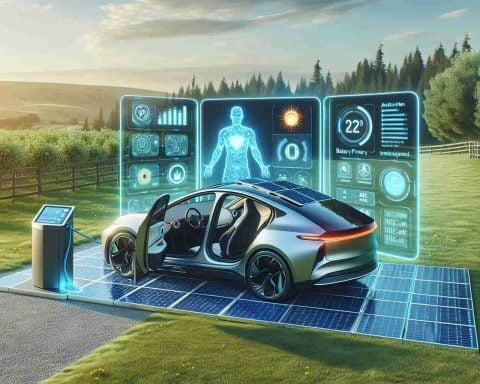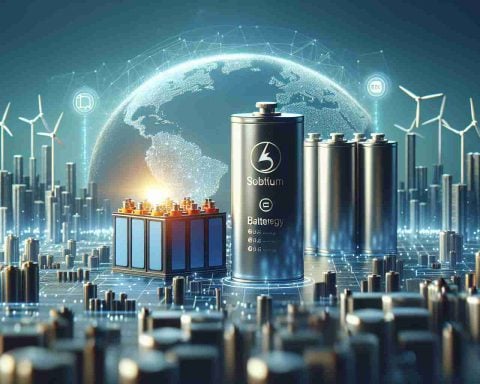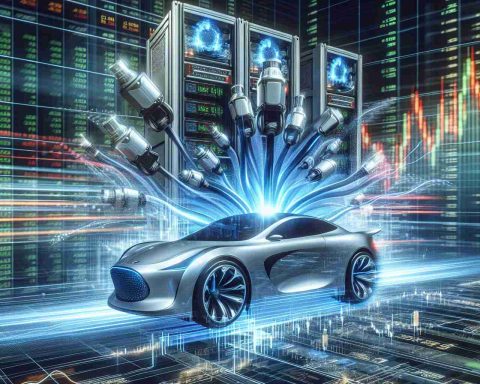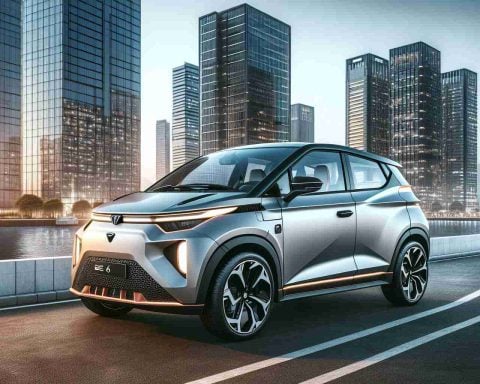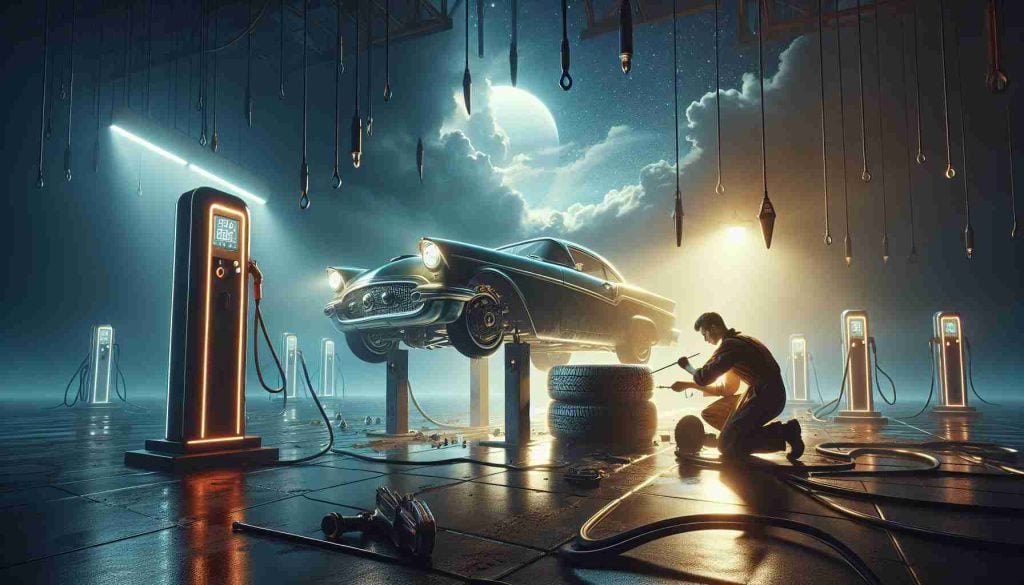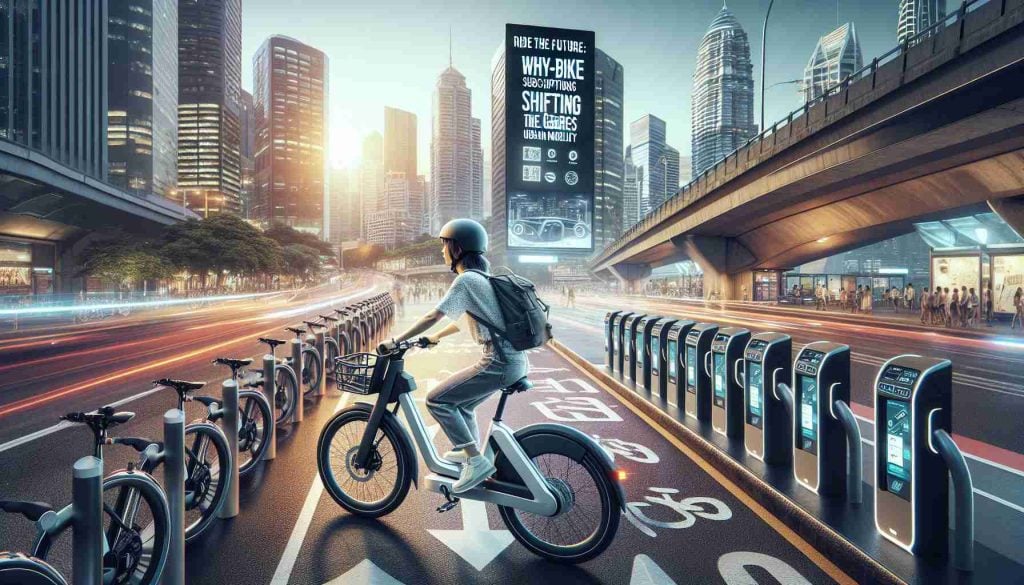- India is rapidly embracing electric mobility, with electric vehicle sales increasing by 27%, particularly in two- and three-wheelers.
- Prime Minister Narendra Modi emphasizes the crucial need to enhance local battery production and storage capabilities.
- The country currently relies heavily on imported batteries from South Korea, Japan, and China, highlighting a significant dependency issue.
- India faces challenges like the scarcity of vital minerals such as lithium and cobalt, with China controlling much of the global supply.
- The Indian government is reducing taxes on essential imports and investing Rs 34,300 crore in the National Key Minerals Mission to boost local production.
- Building a robust local infrastructure is essential for India to sustain its electric vehicle ecosystem and reduce import reliance.
The hum of electric engines grows louder on India’s bustling streets, mirroring the nation’s swift embrace of electric mobility. At a recent energy summit, Prime Minister Narendra Modi spotlighted a critical component of this rapid transformation — the need to turbocharge battery production and storage.
As sales of electric vehicles in India soared by an impressive 27% last year, largely driven by two- and three-wheelers, the reliance on imported batteries from nations like South Korea, Japan, and China has become increasingly apparent. Eyes are now on local cell manufacturing. “Homegrown batteries” aren’t just a buzzword; they are slated to become the backbone of India’s future electric vehicle ecosystem. Yet, the road ahead is strewn with challenges.
India finds itself in a precarious position due to the scarcity of crucial minerals like lithium and cobalt. These materials are vital for crafting the lithium-ion batteries that power electric dreams. Currently, China’s dominance looms large, supplying the bulk of these essential battery components.
In response, the Indian government is taking decisive steps to turn the tide. From slashing taxes on key import items and battery production essentials to rolling out the ambitious National Key Minerals Mission with a whopping Rs 34,300 crore investment, the country aims to unhook itself from import dependencies.
As the wheels of India’s electric revolution gain momentum, the onus lies on developing robust local infrastructure to harness the full potential of its electric future. The key takeaway? In the quest to power a nation sustainably, India must first bring the power home.
The Shocking Future of Electric Vehicles in India: What You Need to Know!
Insights into India’s Electric Vehicle Ecosystem
India’s electric vehicle (EV) market is rapidly transforming, with a 27% increase in sales last year, primarily driven by two- and three-wheelers. The push towards electric mobility presents significant opportunities and challenges, especially in the area of battery production and storage. Understanding these dynamics is crucial for comprehending India’s EV future.
How India’s Focus on Domestic Battery Production is Changing
With increasing reliance on imported batteries from countries like South Korea, Japan, and China, India recognizes the urgent need to revamp its domestic battery production capabilities. The scarcity of minerals like lithium and cobalt, predominantly sourced from China, points to vulnerabilities that India is actively addressing through policy and investment initiatives.
Government Initiatives and Innovations
To reduce dependency on imports and foster local capabilities, the Indian government has undertaken multiple measures:
– Tax Cuts: Reducing taxes on battery production essentials to promote local manufacturing.
– National Key Minerals Mission: A Rs 34,300 crore investment aimed at securing critical mineral supplies and boosting local production.
These steps are part of a broader strategy to build a self-reliant and sustainable electric future for India.
Pros and Cons of Local Battery Manufacturing
Pros:
– Reduced Economic Dependency: Enhances energy security by decreasing reliance on foreign imports.
– Job Creation: Boosts employment through the development of a local manufacturing sector.
– Economic Stimulus: Encourages investments in technology and infrastructure.
Cons:
– Resource Scarcity: Limited access to essential minerals like lithium and cobalt.
– Infrastructure Challenges: Significant investment required to develop production facilities.
– Technological Barriers: Need for advancement in battery technology to match global standards.
Market Forecasts and Predictions
The Indian EV market is expected to continue its upward trajectory, with:
– A projected annual growth rate of over 35% in the EV sector.
– Increasing investments in local battery manufacturing predicted to reach nearly $10 billion by 2030.
These forecasts indicate a promising, yet challenging future for India’s EV industry.
Security and Sustainability Concerns
Developing a robust local battery manufacturing sector poses some security challenges:
– Supply Chain Security: Ensuring uninterrupted supply of raw materials.
– Environmental Impact: Sustainable sourcing and recycling practices must be integrated to minimize ecological damage.
FAQs About India’s Electric Revolution
Q: What makes domestic battery production vital for India?
A: It reduces dependency on imports, creates jobs, and enhances the overall economic resilience of India’s EV ecosystem.
Q: How is the government supporting local battery manufacturing?
A: Through tax incentives and substantial investments in the National Key Minerals Mission to build infrastructure and secure resources.
Q: What are the major challenges faced by India in this electric revolution?
A: Securing critical minerals, developing advanced battery technology, and establishing local production infrastructure are significant hurdles.
Stay Informed with These Resources
– Make in India
– NITI Aayog
With a blend of strong government policies and strategic investments in local production, India is on the cusp of an electric vehicle revolution that not only aims for sustainability but also strives for economic independence. As developments unfold, keeping abreast with industry trends and government policies will be crucial for stakeholders and consumers alike.
